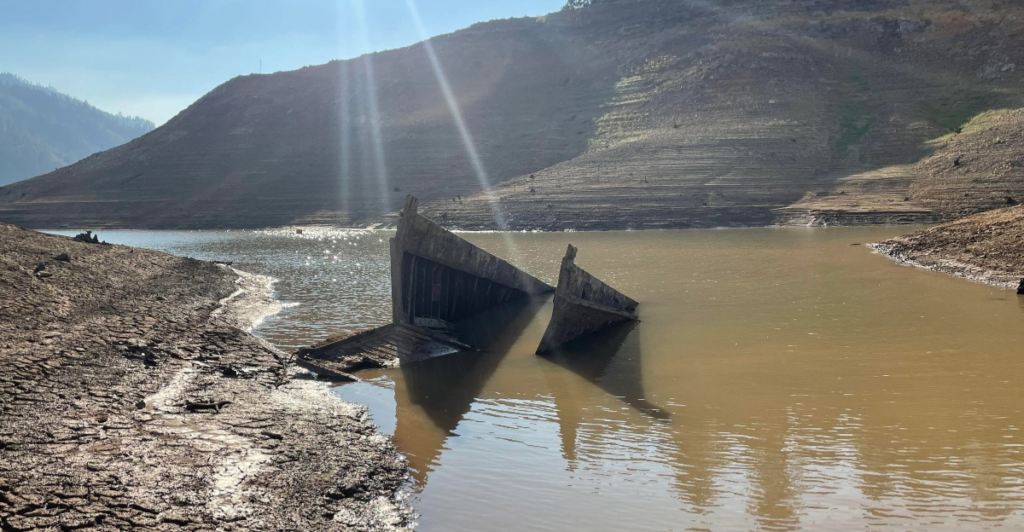
Lake Shasta is California’s biggest reservior, but historically, its capacity has been much lower than what it should be. In 2022, the lake saw historic lows, dropping to nearly 30% of its total capacity. The once beautiful lake had implications for water security in the state.
A Revival
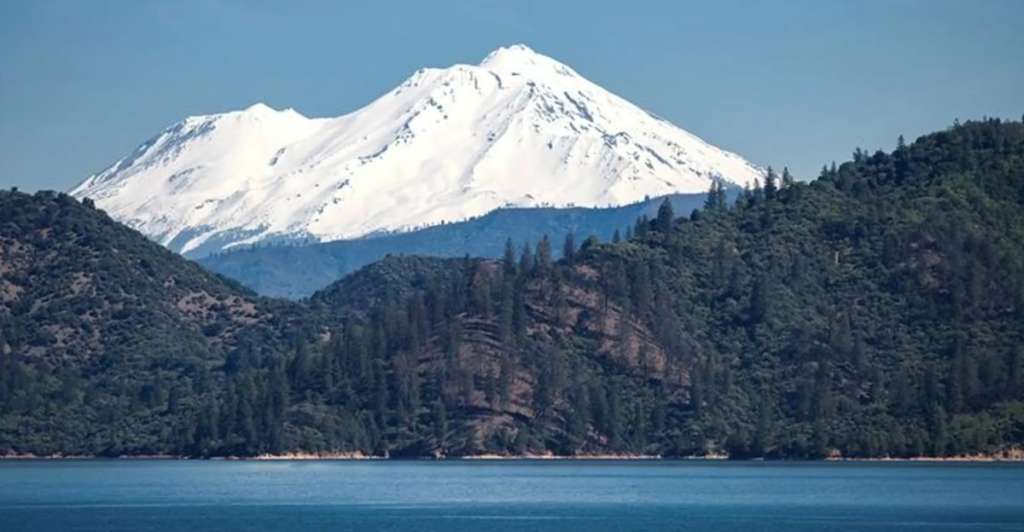
Thankfully, before the levels got dangerously low, the winter of 2022 had a surprise in store for both residents and for the lake, with record-breaking storms depositing large amounts of rain and snow across the northern half of the state. By May 2023, Lake Shasta had been revived, and sat at a staggering 98% capacity.
Snowpack Boost
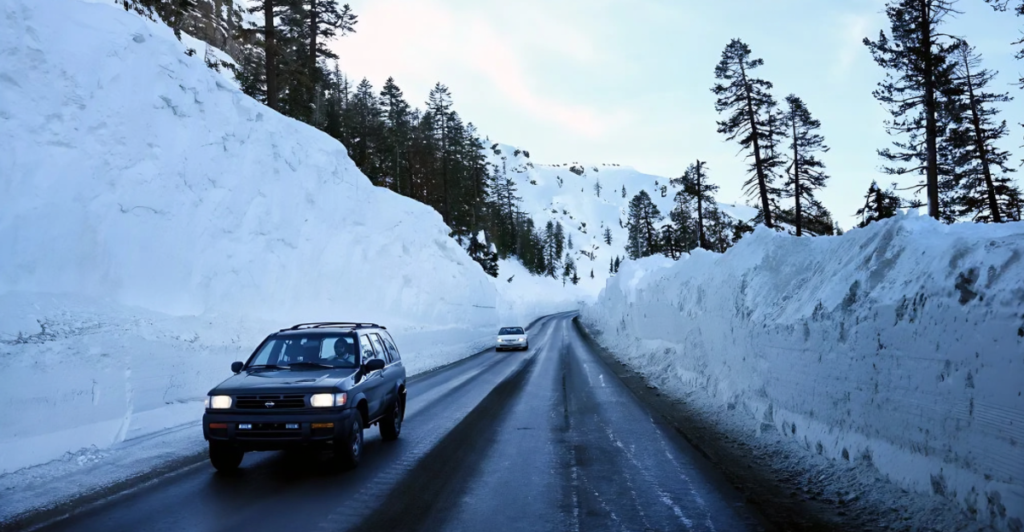
Meltwater played a pivotal role in ensuring that the reservoir filled to capacity, with the Sierra Nevada snowpack being three times what it normally would be in mid-June. This meant that even during the summer months, a steady flow of water trickled into the reservoir, keeping it full.
Full Capacity
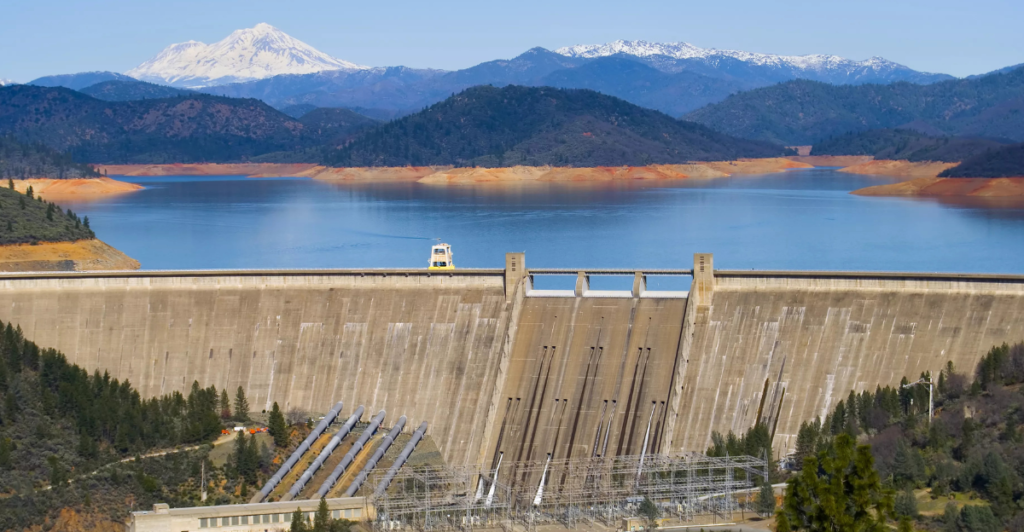
The 98% capacity that Lake Shasta reached is the highest level the reservoir has seen in the last four years. This has been an amazing turnaround that will aid in irrigation, hydropower, and flood control. Even a year later, the lake was still reaching capacity.
Another Year
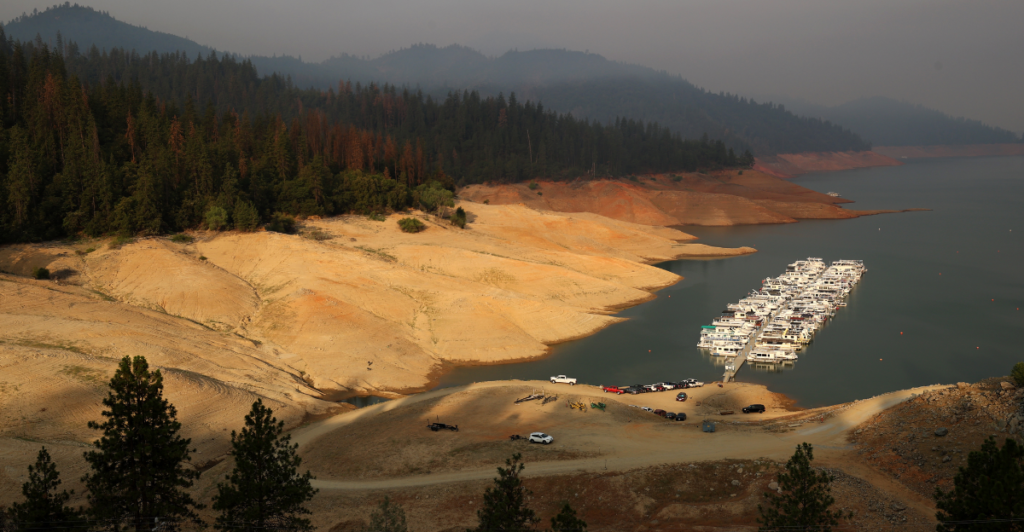
The capacity that Lake Shasta achieved was a rarity, and many were expecting to have to rely on what they had for years to come, but for the second year in a row, another wet winter kept it at 96%. The lake even had to be drained of excess water to avoid flooding, which hadn’t been done in five years.
Bathtub Ring
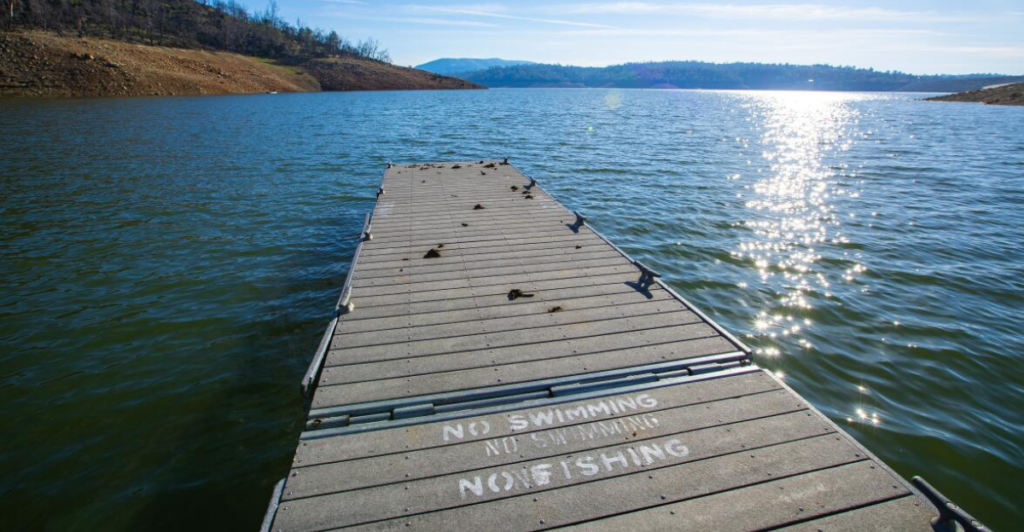
When the lake was at a low 31%, a “bathtub ring” could be seen from space, exposing parched earth and skeletal trees. With the capacity backup, the ring vanished once again as the water lapped at Pit River Bridge. The shoreline has regained its lush aesthetic as vegetation thrives with the excess water.
A Statewide Recovery
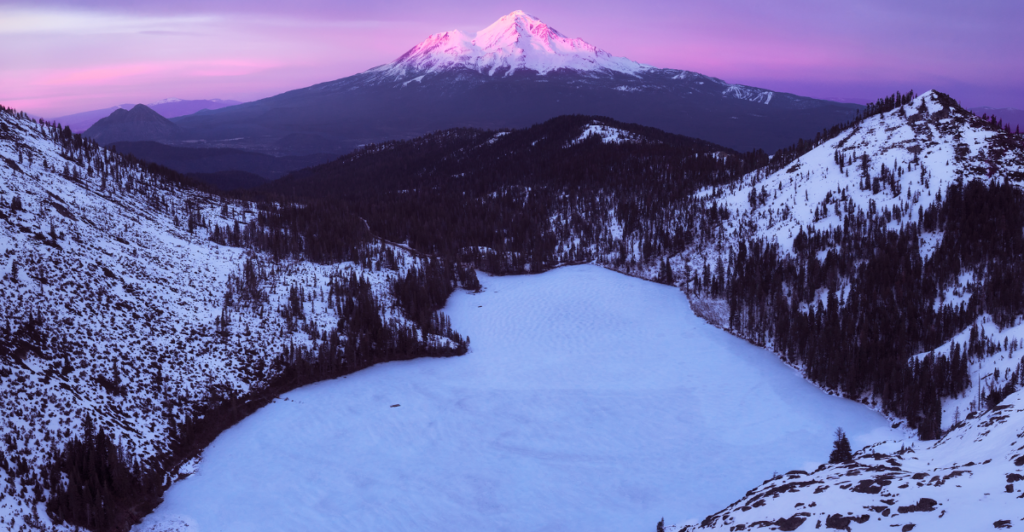
The consecutive wet winters didn’t just save Lake Shasta, but many other reservoirs across California. sixteen of the 17 major reservoirs in the state saw their water levels surpass historical averages by May 2024. The second largest reservoir, Lake Oroville, was at 100% capacity.
Challenges
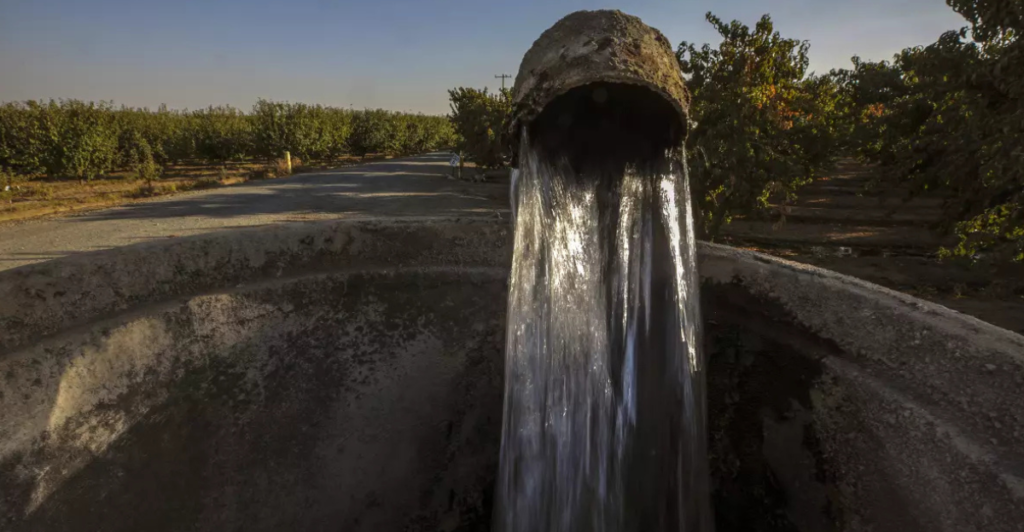
The reservoirs of the state may be rebounding nicely, but groundwater is still seeing heavy depletion as it has for the last 20 years. Central Valley’s groundwater is being prioritized by canals and wells being supercharged with water from crucial reservoirs.
Flood Control
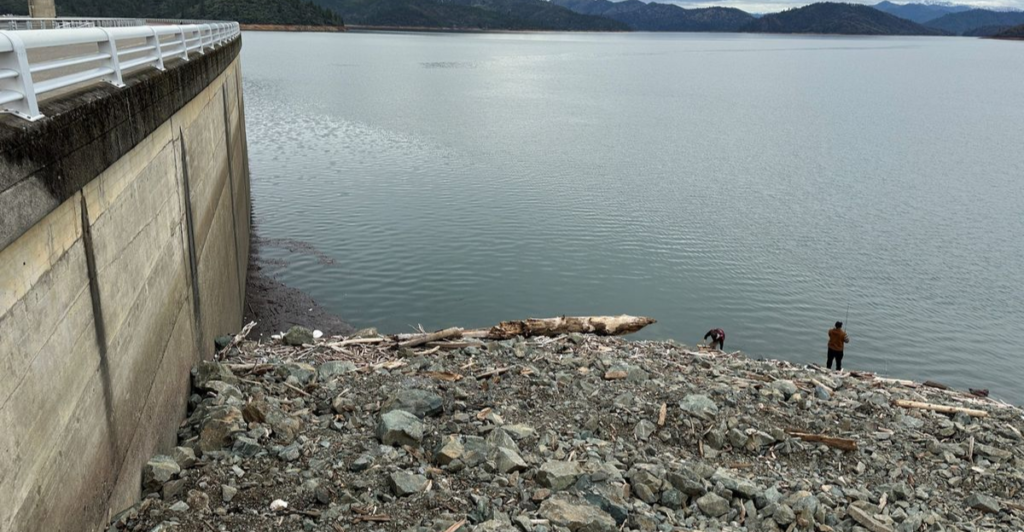
While the many reservoirs across the state act as vital storage to prepare for years of drought, but they can also impose a risk of flooding if the capacity gets too high. To solve this, officials release water from the reservoir so a buffer can be achieved.
Southern California Gains
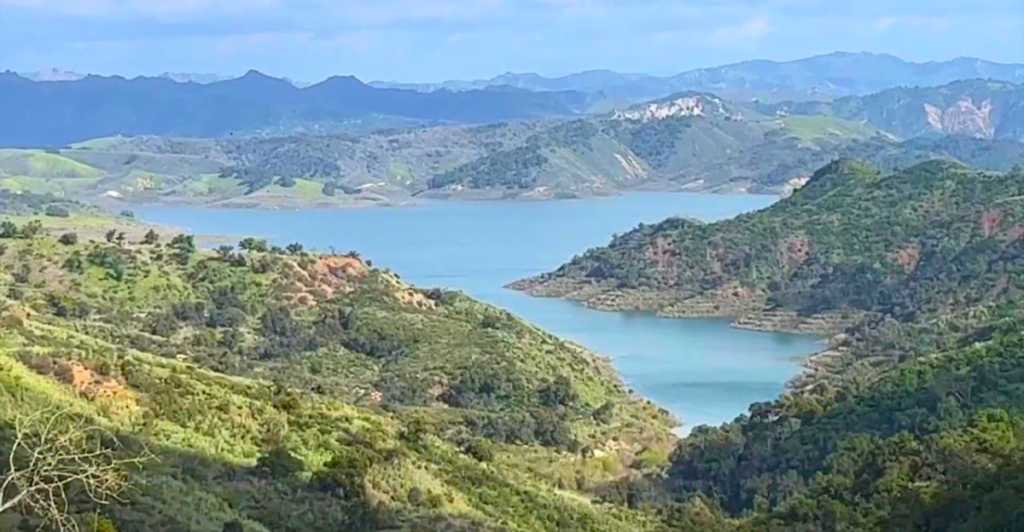
For the first time in twenty years, Lake Casitas, close to Ventura, filled to its capacity in April 2024. The lake’s spillway overflowed, which hadn’t been seen in the last twenty-six years.
Impact On Wildlife
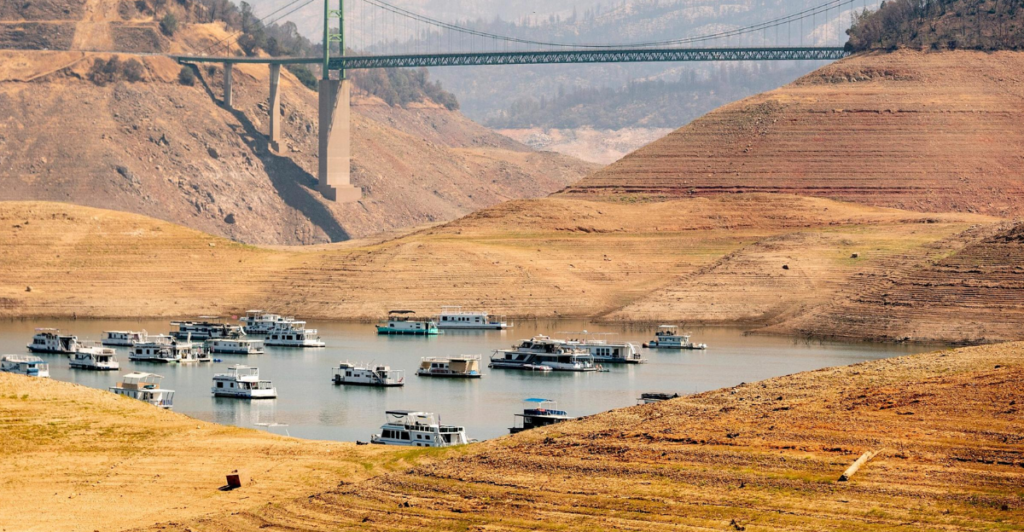
Droughts don’t just spell trouble for residents, as they also impact wildlife and ecosystems drastically. During droughts, wildlife refuges like Colusa National Refuge lose water that the plants and animals desperately need. If droughts persist, then habitats start to shrink as vegetation wilts and dies, leading animals such as birds and mammals to migrate to smaller, more crowded habitats.
Drought Vulnerability

Many species start to struggle in drought conditions, such as Amargosa voles and Shoshone pupfish, which rely on marshy habitats to thrive. Larger mammals will face food shortages, having a knock-on effect within the entire ecosystem.
Ecological Impact
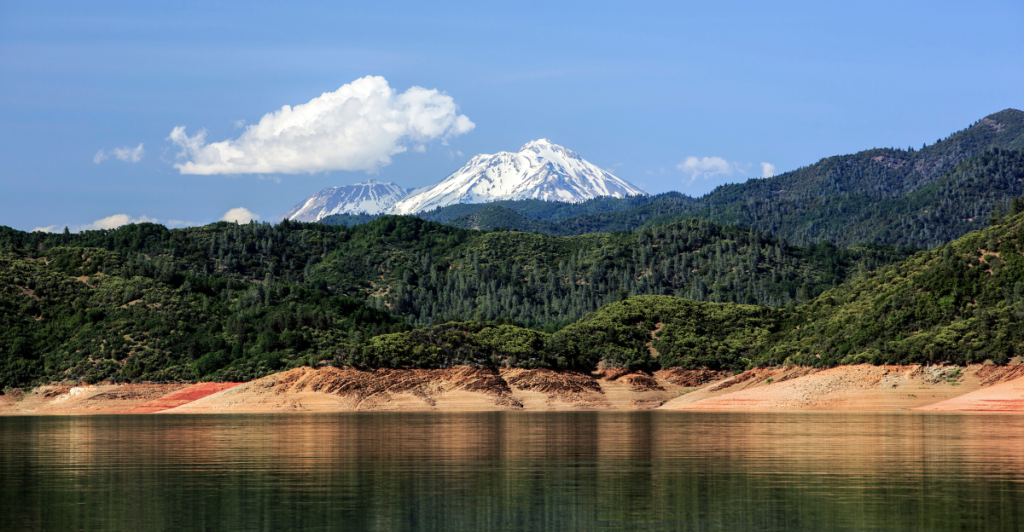
Lake Shasta achieving such a high capacity has an ecological impact, with many fish habitats relying on healthy water levels and no saltwater intrusions. Both the Shasta salamander and Shasta snow wreath are species native to Lake Shasta and endangered. They rely on the water levels to maintain a healthy population.
Explore more of our trending stories and hit Follow to keep them coming to your feed!

Don’t miss out on more stories like this! Hit the Follow button at the top of this article to stay updated with the latest news. Share your thoughts in the comments—we’d love to hear from you!







